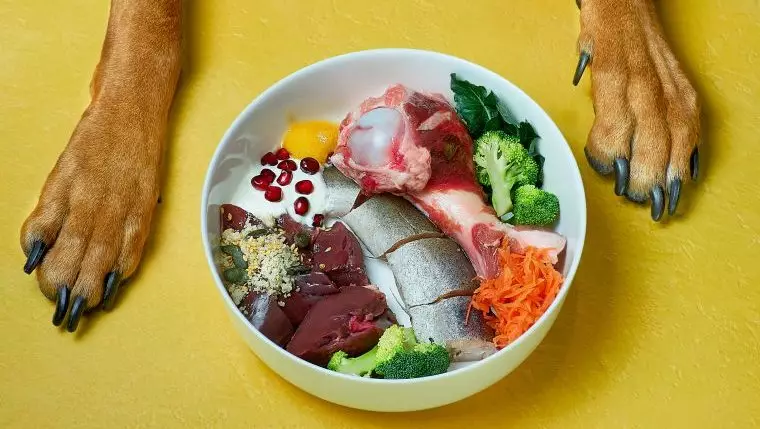In recent years, the societal perception of dogs has evolved significantly, leading many owners to treat their canines almost like family members. This shift is reflected in the growing number of products aimed at enhancing the lives of pets, particularly in the dietary sector. As owners become increasingly aware of their dogs’ dietary needs, there has been a notable rise in demand for human-grade dog food. These products promise quality that mirrors human food; however, the implications of this trend warrant a closer examination.
The surge in human-grade dog food has been particularly pronounced during and after the COVID-19 pandemic. As families spent more time with their pets, many began to notice health concerns they previously might have overlooked. This newfound vigilance has catalyzed a move towards premium pet foods that promise higher nutritional standards. Brands like The Farmer’s Dog have capitalized on this trend, reporting that many dogs display enthusiasm for their offerings when compared to traditional pet foods. However, this enthusiasm raises questions regarding the actual benefits of such diets and whether they are genuinely superior.
Despite the appealing marketing of human-grade dog food, veterinary professionals caution against the assumption that these products are inherently better. Dr. Cailin Heinze, a veterinary nutritionist, highlights a concern prevalent among pet owners: the misconception that recognizable ingredients equate to superior nutrition. In reality, many pet food companies enjoy a “health halo,” leading owners to believe that human-grade diets provide comprehensive nutrition without sufficient scientific backing. Indeed, conventional dog food benefits from decades of research, emphasizing that not all “natural” or “human-grade” options may fulfill the nutritional needs of pets effectively.
One of the more contentious aspects of human-grade dog food is the prevalence of grain-free options, often hailed as a healthier choice for dogs. While beneficial for some dogs with specific dietary restrictions, these grain-free diets have ignited a debate among experts. Recent studies have suggested a link between high levels of peas and legumes and canine heart disease, raising red flags about the overall safety and adequacy of such diets. As more owners gravitate towards these trends, the nutritional composition and any potential long-term health implications should remain a primary concern.
Ultimately, the conclusion about canine nutrition is not black and white. Dogs are a highly diverse species, encompassing various shapes, sizes, and life stages, each of which has unique dietary needs. For instance, the nutritional requirements of a growing puppy will differ dramatically from those of a senior dog suffering from health issues. Activity levels also play a crucial role in determining protein and calorie needs. Owners apprehensive about their pet’s diet should not hesitate to consult a veterinarian who can provide tailored advice. Additionally, if there is uncertainty in evaluating the nutritional content of a food brand, dietary supplements can offer reassurance.
While the human-grade dog food trend showcases an admirable concern for pet health, it is critical to assess its validity carefully. The allure of human-grade ingredients and premium branding can sometimes obscure the fundamental principles of canine nutrition. As dog owners navigate this evolving landscape, informed decisions grounded in science and expert recommendations should guide their choices, ensuring their furry companions lead healthy, fulfilling lives.

